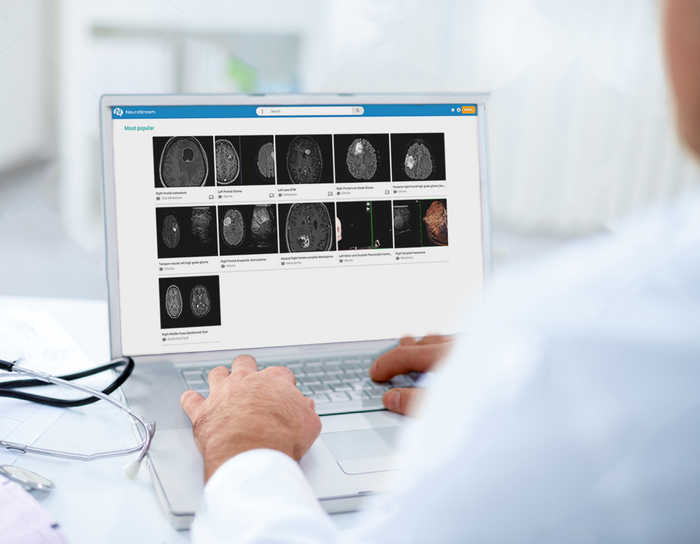The 4.0 ‘made in Masmec’ technology remotely connects the operating room machines

‘The technology of the present and even more that of the future is aimed at increasingly connecting man to the machine and machines to each other, both to simplify their use and to produce data from which to extract useful information for the community.‘. She is convinced of it Daniela Vinci, CEO of Masmec (www.masmec.com), the Bari-based company that, with thirty years of experience in the development of robotics for automotive has also invested in biomedical, which adds that ‘the technology we work on in Masmec will allow – in the very near future – to remotely control the status of the machinery installed in hospitals and their operation ‘.
Also on the front of the training of new generations of neurosurgeons, Masmec has created a platform called Neurostream which allows health professionals to virtually access a path of training in order to increase medical knowledge. This technology was developed, on the recommendation of the ‘Carlo Besta’ neurological institute in Milan, for training during courses, webinar, specialist conferences and also for remote real-time consultations. ‘It seemed utopia until a few years ago, today it is a reality, but accessibility to medical information and images is possible thanks to Cloud technology’.
‘This mode – explains Daniela Vinci – assumes an extraordinary educational significance because the information accessed belongs to interventions actually performed and can be viewed by reproducing the surgical gestures by those who operate remotely’.
Technological development helps to increase knowledge and experience that sometimes has to overcome some prejudice that places him more as a competitor of the doctor than as an aid. ‘A cultural revolution is needed because innovation is faster than infrastructure, otherwise we risk losing important opportunities for social health. In Masmec we develop tools, navigators, which reconstruct anatomical districts in three-dimensional images – thanks to virtual and augmented reality – in order to help surgeons find the correct path of surgical instruments to perform more precise, faster and with a reduced margin. of error. Alas, some types of interventions that can benefit from the use of the navigator, especially in the practice of interventional radiology, are not yet recognized as reimbursable by the national health system, although they are technologies appreciated by the medical / scientific community, useful in clinical practice and in line with the concepts of minimally invasiveness, low risk and high quality of care that have so much space in the public debate. The reason? It takes years to be assessed according to health technology assessment (HTA) procedures’.
In short, the institutions are called upon to streamline the regulatory system that regulates the sector and place the welfare of patients, doctors and companies at the center of the action. ‘If the investment made does not return to companies in time, they can say goodbye to the research and development of new ideas and technology‘, concludes Daniela Vinci.
Editorial responsibility:
MariellaColonna Communications